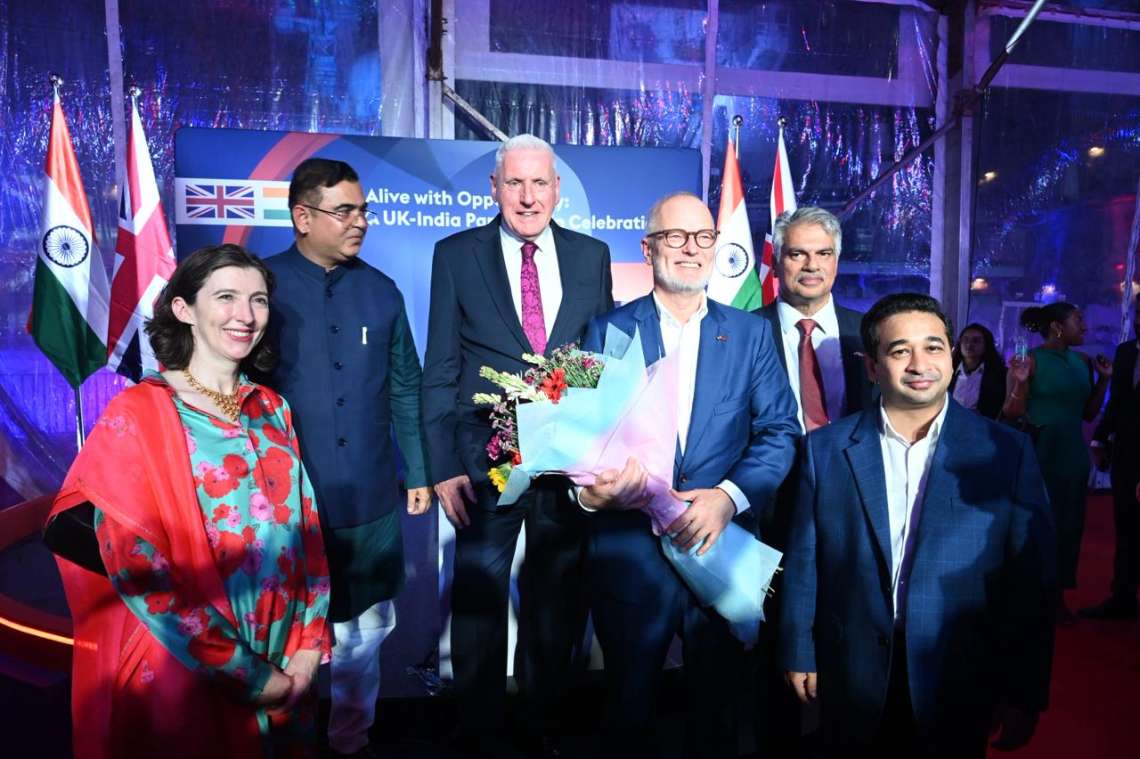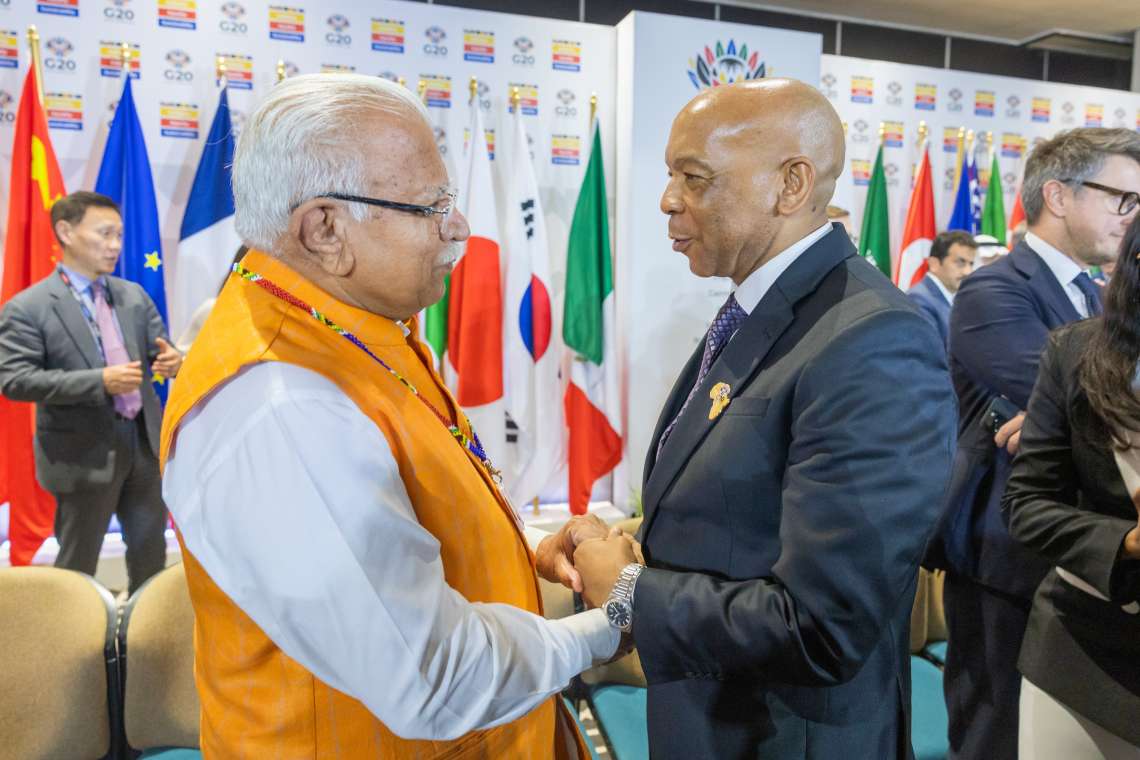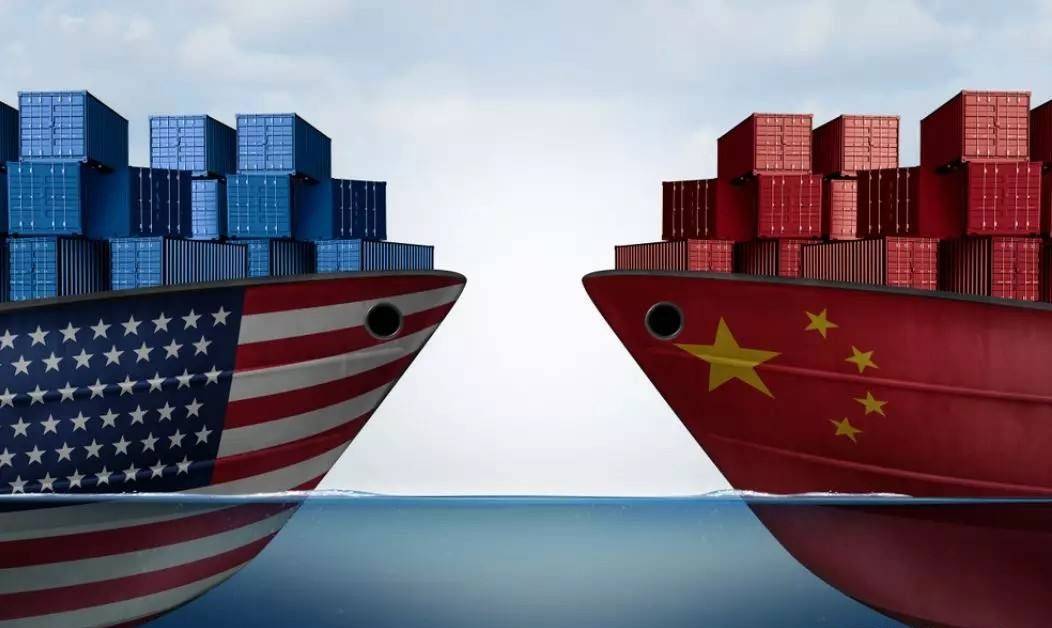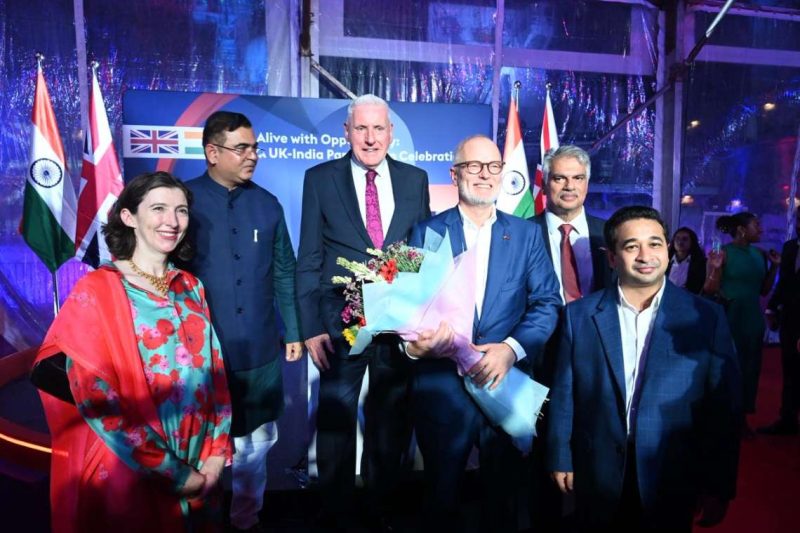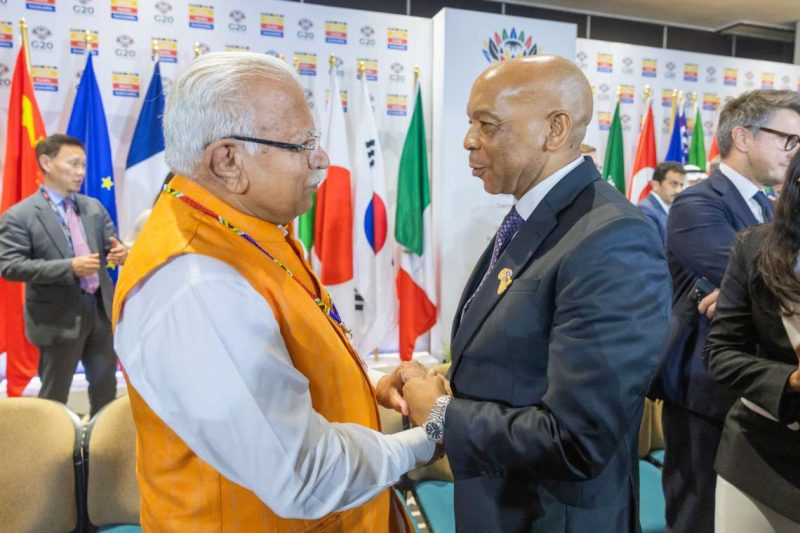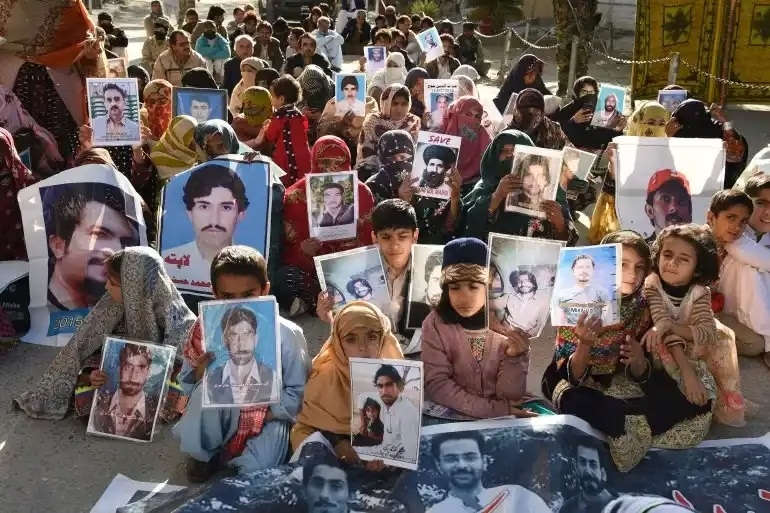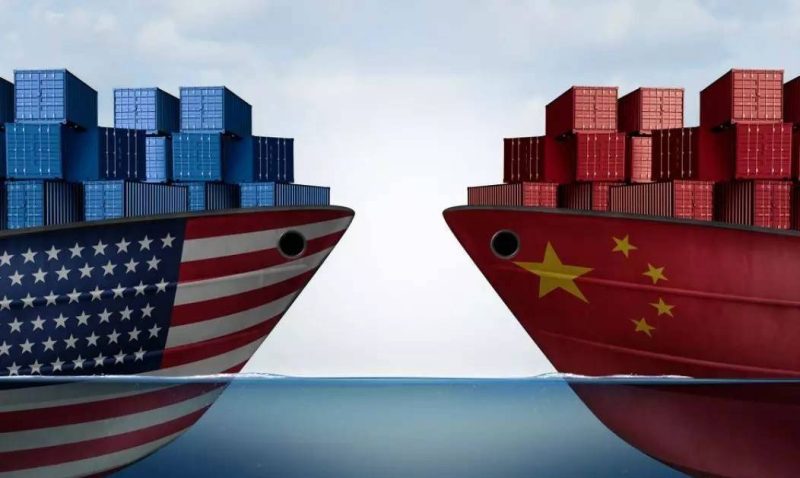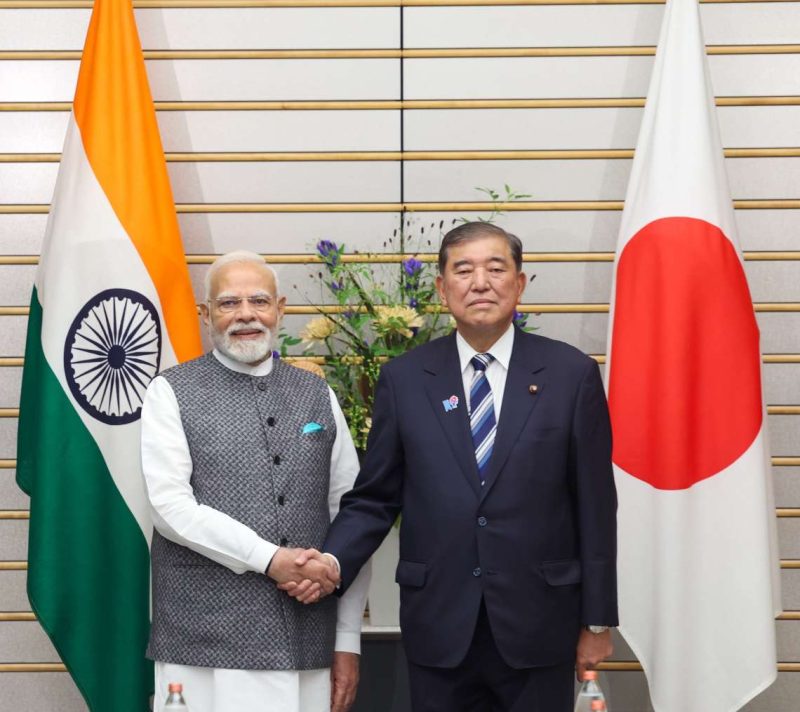The projects, initially awarded to China were cancelled and an MoU was signed with India when New Delhi said their security would be under threat if those projects were handled by China, reports R. R. M. Lilani
Following the announcement by the Sri Lankan government that it has defaulted on its $51 billion foreign debt, India says it is willing to commit another $2 billion loan to the island nation, piquing China’s interest in the country and jeopardizing its ambitious BRI roadmap.
India also took over three solar hybrid power projects in Sri Lanka’s Northern Province, which would be installed on three islands. It was initially awarded to China, but Sri Lanka cancelled the deal and signed a Memorandum of Understanding with India when India said their security would be under threat if those projects were handled by China. It was tit-for-tat when China allegedly lobbied against India developing the East Container Terminal at the Port of Colombo, which Sri Lanka eventually cancelled.

Currently, the Sri Lankan government has sent a team of financial experts to the International Monetary Fund in Washington, D.C., including former Justice Minister turned Finance Minister Ali Sabry, to seek between $3bn to $4bn bailout, but India has come out to bail out Sri Lanka further sidetracking China, which has remained silent on the Rajapaksas’ plea to restructure debt payments to them.
China has also announced plans to provide a $1 billion loan in addition to the $1.5 billion loan it has provided since the Covid-19 situation paralysed the country’s economy but the long wait continues.
Unavoidable shockwaves have suffocated China’s BRI initiatives in Pakistan, the Maldives, Bangladesh, and Nepal. Nepal’s financial crisis is on the verge of meltdown.
The US has accused China of using “debt diplomacy” to increase the reliance of developing countries on Beijing in recent years. These countries are at a crossroads in their economic development. Both Sri Lanka and Pakistan, which are caught up in China’s Belt and Road Initiative, are in dire financial straits as inflation rises. As of now, China has made no revenue-generating investments in these two countries, indicating that Chinese President Xi Jinping is adamant about providing more funds to these two failing states. China has yet to follow through on a promise to re-issue $4bn in loans that Pakistan repaid in late March, and it has yet to respond to Sri Lanka’s request for $1bn in credit support as well as to restructure the past debt repayments plea Sri Lanka tabled last year.
According to the Maritime Executive website, the Chinese Ministry of Commerce (MOFCOM) has put a halt to rapid overseas expansion in its 14th Five-Year Plan (FYP) for 2021 to 2025. China plans to invest $550 billion (including spending in non-BRI countries) during the period, a 25 per cent decrease from the $740 billion spent from 2016 to 2020. Furthermore, Chinese contracting volume is expected to fall from $800 billion in the previous fiscal year to $700 billion in this fiscal year. It goes on to say that this could be BRI’s moment of reckoning.
Despite some success after eight years of implementation, BRI has reached a decision point. Some participating countries are reconsidering some high-profile BRI projects, fearing that the risks may outweigh the benefits.

The website states further, a recent AidData report capturing 13,427 Chinese projects across 165 countries over an 18-year period discovered that 35 per cent of the BRI infrastructure project portfolio has encountered major implementation problems. Corruption scandals, labour violations, environmental hazards, and public protests are among the leading causes. Surprisingly, the researchers discovered that infrastructure projects outside of BRI had fewer implementation issues.
Before the Easter Sunday disaster and the Pandemic, Sri Lanka’s financial situation had been mismanaged for over a decade. But last year’s fertilizer shortages exacerbated by bad policy necessitated more borrowing. Bangladesh also paid a currency swap of USD 2 million. There were no migrant workers bringing in money and no locally produced goods. Sri Lanka, which has a lot of paddy fields, had to import rice from Myanmar, India, and China. These are the main reasons why Sri Lankans took to the streets to demonstrate against the Rajapaksa administration.In addition to that, the East Container Terminal (ECT) that was to be funded and developed by India, Japan and Sri Lanka jointly was called off. The venture was estimated to be around USD 500 million signed in May 2019 before Gotabaya Rajapaksa was elected as the President of Sri Lanka. Following a major protest alleged to be backed by China, the project was shelved.
Many experts say if that project had taken shape in 2020, the ECT would have reaped benefits for Sri Lanka. Also, long before the Chinese arrived, the US-Canada signed a contract for an LNG project at the Hambantota Port, but the former Maithri-Ranil government cancelled it and handed the port over to China on a 99-year lease.
Canada’s Sithe Global Power and the Board of Investment of Sri Lanka (BOI) signed an exclusive MOU in 2012 for the LNG facility, gas pipeline, and 500MW-1000MW power plant project in Hambantota.The total cost of the project was USD1.4 billion. Greenlink Global Consulting Inc (Greenlink), the local partner of Sithe Global Power Development Inc — a wholly owned subsidiary of the Blackstone Group Inc USA — last year wrote to President Rajapaksa, requesting a review of the awarding of the Kerawalapitiya/Hambantota LNG project tender to a Chinese firm. The energy crisis would not have occurred if this LNG project had been completed. This matter has been ignored totally however. In addition, due to the current situation in Sri Lanka, which includes the pandemic, geopolitical tensions, and unrest, China’s $1.4 billion Port City project is facing uncertainty too. There are no signs that international investors have come to invest despite the fact that it has been advertised overseas. The project is expected to cost USD14 billion, with the majority of the money coming from potential investors.
The Chinese reclaimed 269 hectares of land on the Indian Ocean for Sri Lanka and in exchange Chinareceived 116 hectares of the land there on a 99-year lease.
ALSO READ: India building better connectivity among neighbouring nations
Today, the Rajapaksa government wants India to invest in the potential Economic zone of Colombo, which in fact irked the Indians for lending a piece of that land for China on 99-year lease. They are unsure of the Port City Commission and which way it would serve the Chinese and the other investors in parallel. However, India has taken the lead in assisting Sri Lanka, and in addition to the new $2 billion loan plan, India has also sent a consignment of 11,000 MT rice, which arrived two days ago under the previous $1 billion concessional Indian Credit Facility, and was ceremonially handed over to the Sri Lankan government by officials from the Indian High Commission. In addition to the consignment, the Credit Facility has received 5000 MT of rice in the last few days. With this, the Indian State Trading Corporation has delivered 16,000 MT of rice out of a total of 40,000 MT that will be imported from India.
On March 17, 2022, the Government of Sri Lanka and the State Bank of India signed a $1bn credit facility agreement. Rice delivery was enacted in less than a month after the agreement was signed. The supply is part of India’s multi-pronged support for Sri Lanka over the last few months, which includes timely fuel deliveries, other forms of economic and forex assistance, and so on, according to the Indian High commission.Meanwhile, the India Sri Lanka Foundation’s (ISLF) ‘Sinidu’ Project, which aims to meet the sanitary needs of underprivileged women, has received funding of Rs 500, 000 for the production of low-cost sanitary napkins using Indian machines. According to India, the ISLF has funded over 300 projects totalling SLR.150 mn, with 20 projects currently in the works in the areas of research, art and culture, social work, science and technology, and so on.
Apart from that, the USD 500mn worth of fuel that has arrived in Sri Lanka in the last 50 days totals nearly 200,000 MT, including a consignment of 40,000 MT by Indian Oil Corporation in February 2022, which was delivered outside the line of credit facility.
Aside from the $2.5bn loan agreed by Dr. S.Jaishankar, India’s foreign minister, pledged India’s continued support for Sri Lanka’s economic recovery. India’s partnership with Sri Lanka is based on the ‘Neighbourhood First’ approach and the S.A.G.A.R (Security and Growth for All in the Region) doctrine, according to India.
A wide range of bilateral agreements were also signed. The Maritime Rescue Coordination Center; Hybrid Power Projects in Three Islands Off Jaffna; Cooperation in the Development of Fisheries Harbours in Sri Lanka; MOU for the establishment of Modern Computer Labs and Smart Boards with Customized Curriculum Software in 200 Galle District Schools; and MOU between Sushma SwarajInstitute of Foreign Service and Bandaranaike International Diplomatic Training Institute.
The Indian government reclaiming its position in Sri Lanka has been widely interpreted as an attempt to prevent China from making further inroads. India, which is at odds with China on its border, has become part of China’s strategy to be isolated, encircling it with Chinese projects but the chances are slimming. China is being countered by India, the United States, and Japan, and if the China favoured Rajapaksas are ousted in the wake of the national crisis and people’s protests that have lasted more than six days, China’s grip on Sri Lanka could be further weakened.



